Fluffy blankets
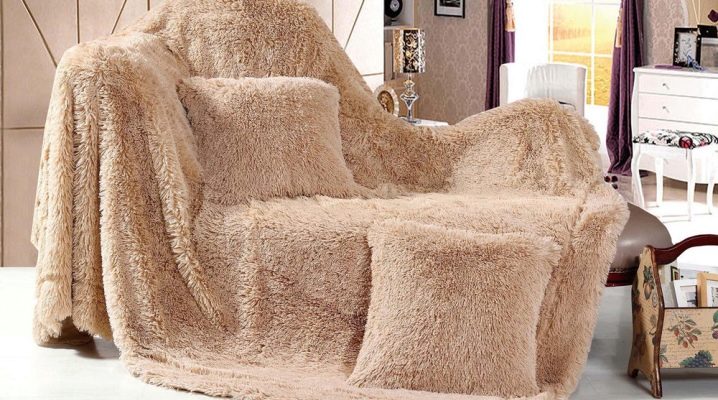
If you are annoyed, tired and cold, then a soft, comfortable and cozy fluffy blanket will come to the rescue. Our article will tell you about the features of its choice, the pros and cons of this product, the rules of care.
Peculiarities
The product that we now call a blanket has changed its functions quite a lot during its existence; now it is a bedspread for a sofa or a blanket or a transforming cape.
Therefore, when choosing and you need to answer the question of what you are going to use it for. The material, size, color preferences, pile length will depend on this.
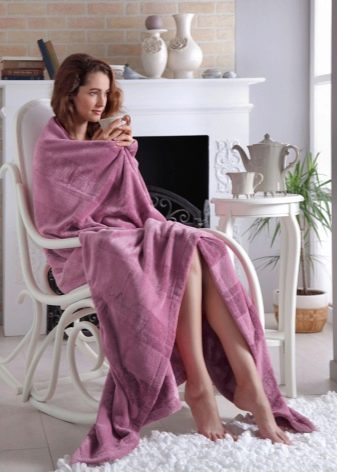
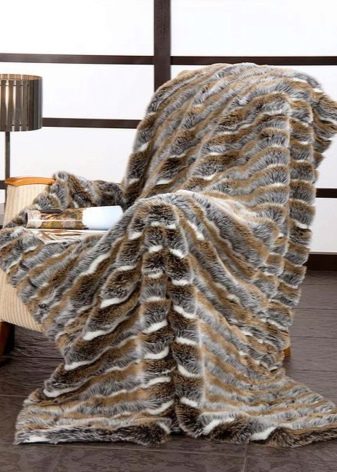
According to the material used, blankets are:
|
natural |
artificial |
mixed |
|---|---|---|
|
wool |
artificial fur |
natural with addition artificial additives or vice versa |
|
cotton |
microfiber |
|
|
fur |
polyester |
|
|
fluff |
acrylic |
|
|
silk |
fleece |
|
|
bamboo |
viscose |
They are made in the following way:
- sewing from a single piece of fabric;
- sewing from rags;
- knitting (knitting);
- weaving.
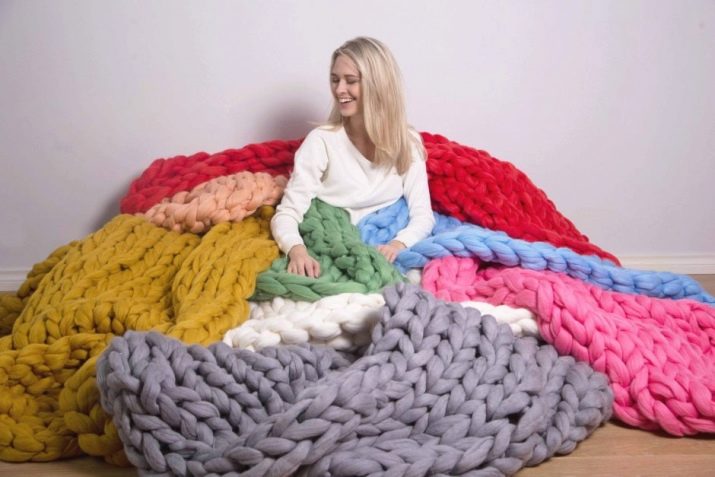



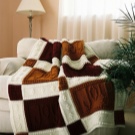
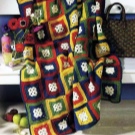
By size they are divided into:
- children;
- teenage;
- adults.
In addition, blankets can be conditionally divided according to the area of use. They can be called:
- home;
- road;
- blankets for outdoor recreation.

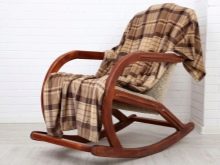
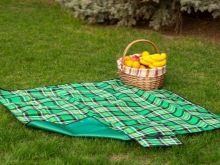
Views
Most often, natural bedspreads are used woolen... They are non-staining, self-cleaning naturally when shaken, perfectly absorb moisture and retain heat. It has long been famous for its healing effect for diseases of the spine and joints, as well as for colds. Woolen products are durable.
But they can harm allergy sufferers. In addition, real wool is prickly. It is good for the skin, but unpleasant. Such things are painted in natural dull colors. And the high price tag may alienate some buyers.


- Used for the manufacture of high quality bedspreads and blankets merino wool - sheep, which are grown only in certain areas. Woolen thread perfectly retains heat, repels odors and moisture. Lamb's wool contains creatine, which has an antibacterial effect.
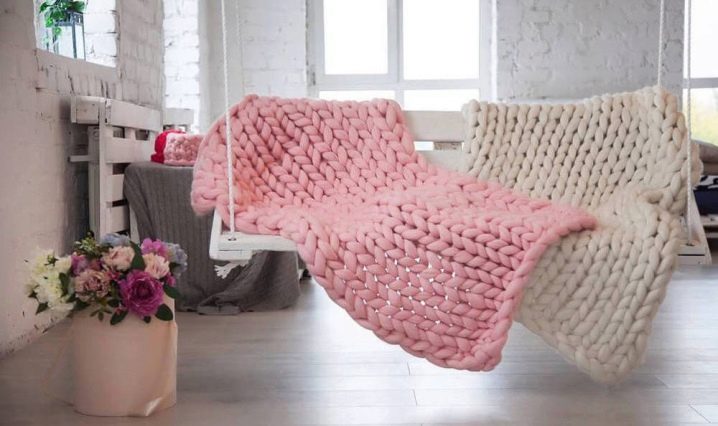
- "Little camel" - alpacas - gives wool 3 times lighter than merino wool. In addition, it is much less hypoallergenic due to its lack of lanolin. This means that both allergy sufferers and small children can use such bedspreads and blankets made of alpaca wool.

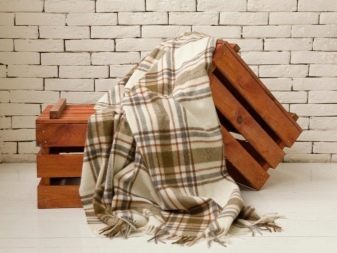
Regular camel's wool perfectly warms and is often used to create blankets. Such products are prickly. After each change of bed linen, they leave lint in the duvet cover, which is not very convenient to use.
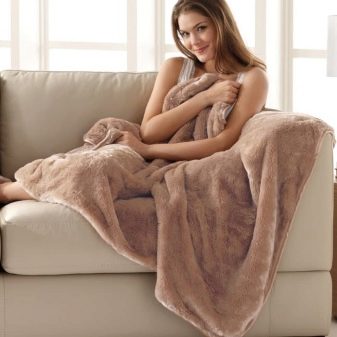
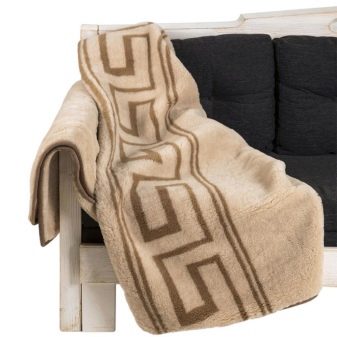
- Cashmere productsCrafted from the wool of a special breed of goat, they are cozy classics. Such blankets are very pleasant to the touch: soft, warm, slightly fleecy.
The most expensive and elite type of cashmere is pashmina. Pure wool is very expensive, which is why modern manufacturers mix it with cotton and silk.
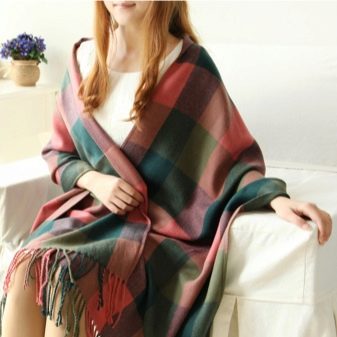
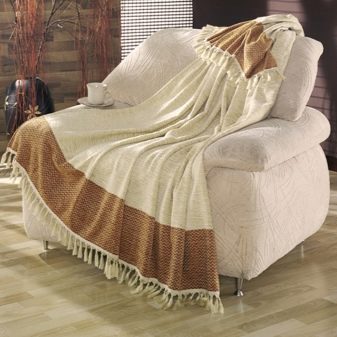
- The next type of natural materials are cotton (jacquard)... They will not warm you in cold winter, but they will perfectly cover you in the off-season and warm season. Fur fabrics - this is the luxury of palace castles and expensive interior. It is not a cheap pleasure, but it is precisely a pleasure that will last you for many years.
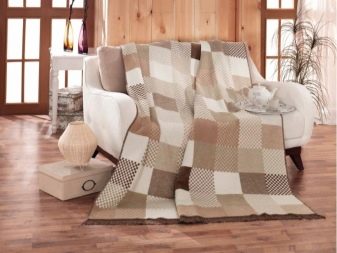
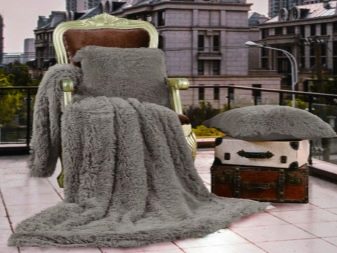
- Downy bedspreads can be knitted from the yarn of a sheep, goat, camel and even a dog. They are environmentally friendly, natural and very pleasant to touch. They are easy to knit by yourself in any size. But behind such a blanket there will always be a train of villi.
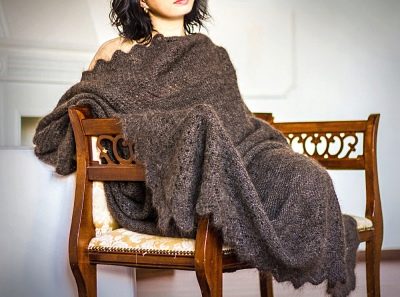
- Silk luxury is distinguished by beauty and lightness. It will pleasantly touch the skin, breathe well, and will not be a source of allergies.
- Another natural material for making - bamboo... This unpretentious material will allow your body to breathe freely, will not let it overheat, and will take away moisture. Manufacturers make bamboo blankets smooth or textured.
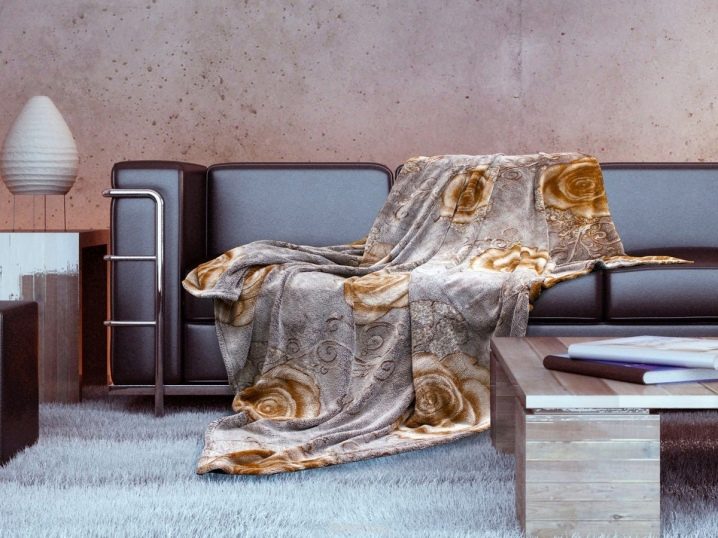
- The most popular synthetic materials for sewing blankets - faux fur, microfiber, polyester, acrylic, fleece... A faux fur blanket is durable, soft, breathable, but also good at absorbing dust and electrifying. Microfiber - modern material made of polyamide and polyester. Due to the thin thread, the fabric is lightweight.
This material is very convenient to use, but does not like high temperatures, therefore, it does not allow ironing and drying near high-temperature heaters.
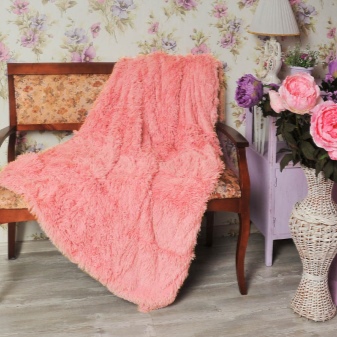

- Polyester Is a polyester fiber fabric. It is easy to wash, does not require ironing, dries quickly, weighs little, tactilely pleasant, does not absorb odors, durable, inexpensive. At the same time, it becomes electrified and deformed from high temperatures. Acrylic canvas durable, lightweight, hypoallergenic. It is easy to look after him. It does not attract dust, but it does not breathe well. Refers to the most democratic price offer.
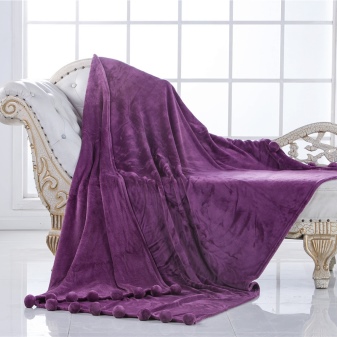
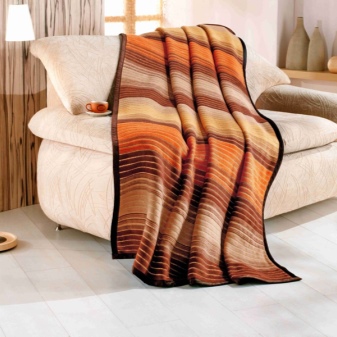
- Fleece blanket - a godsend for household and travel. It is more expensive than acrylic, but it's worth it.
Fleece is similar to wool, but suitable for allergy sufferers. It absorbs moisture and allows the body to breathe. It warms well and is very pleasant to the touch.
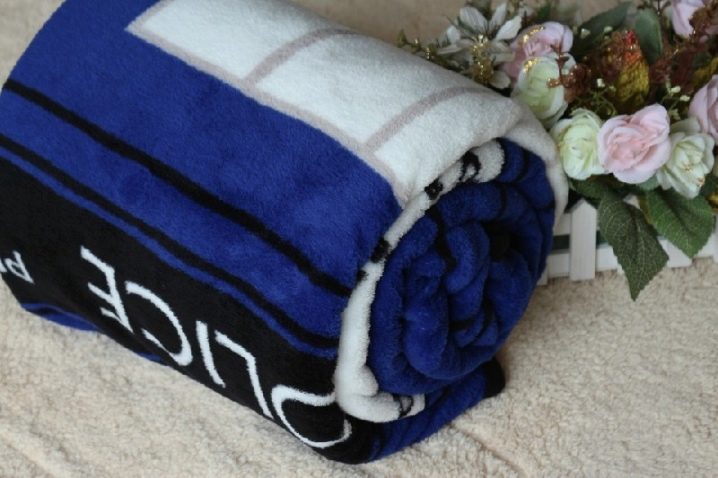
- Viscose made from cellulose (plant matter), therefore, it is the most environmentally friendly of all artificial materials. It resembles fleece in properties. The disadvantage of these fabrics is fragility, since with constant use, the thing quickly loses its beauty.
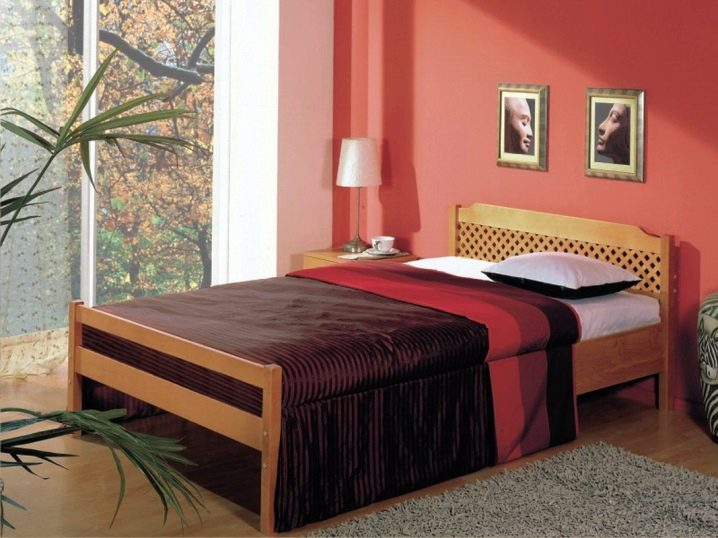
It is to improve the quality of the fabric that various materials are mixed. Such blends allow you to borrow the advantages of synthetics and natural fibers.
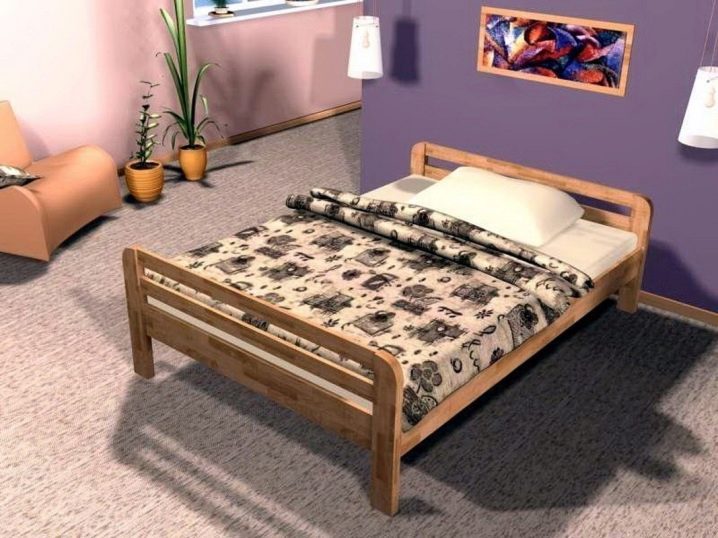
When artificial yarn is added to natural yarn, the fabric becomes stronger and more durable. The combination of acrylic with wool withstands more washes and becomes softer. Polyester combined with cotton makes the fabric stronger. It is warmer under such a blanket, it will not shrink after washing.
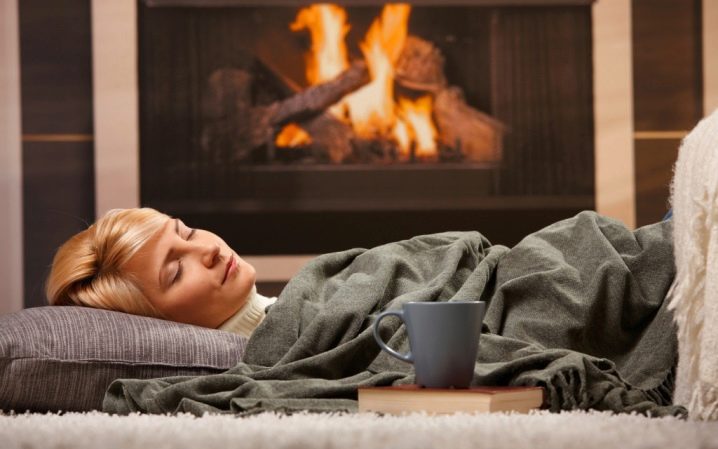
So, we figured out what blankets are for the material used. Now let's answer the question of how they are made.
As a rule, artificial blankets are made from a single piece of fabric. They can be one- or two-sided, one- or two-layer. The edges of such a product can be hemmed or trimmed with tape.
Patchwork plaid Is practically a design work. You can make it yourself from pieces of fabric of different textures and colors. It will be the perfect bedspread in a rustic room. But it can also be abstract art or geometry. Here, the main thing is to choose a color scheme.
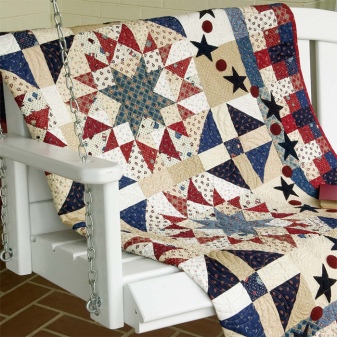

Things created with knitting needles or crochet look very nice. Knits made of wool with acrylic are warm, breathable, more durable than pure wool. Such a blanket can be knitted with one fabric, but it can also be knitted in parts. The individual pieces are then sewn or knitted together using needles or a crochet hook. Large knitted items are especially popular; they can be knitted independently or purchased in stores and workshops.

The downy blanket is knitted with a regular knit with or without a pattern.
After knitting, the garment must be washed and dried unfolded on an absorbent fabric. To keep the product even, you can gently stretch it with safety pins.

Woven bedspreads are already difficult to make at home due to the lack of looms.But in workshops or in production, blankets can be woven from wool, scraps of fabric of various qualities (like rugs in Russian villages) and other materials.
Colors
Before buying, you need to think carefully about what color the blanket should be, so as not to disturb the harmony of the house. The palette will help you choose the right colors. The classic will always look appropriate: the fabric is lighter than furniture by several tones.
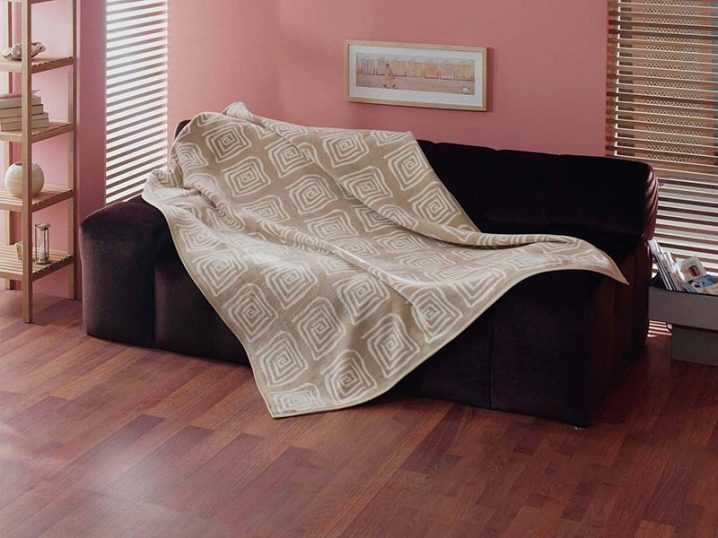
- If there are lilac flowers on the purple walls of the room, then the blanket can be lilac with small purple petals.
- All shades of beige, milk, coffee with milk, brown, pastel yellow, coffee, champagne will make the room warm and cozy, and a blanket in green, light green color will soothe and protect.
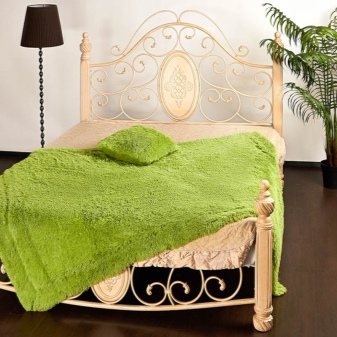
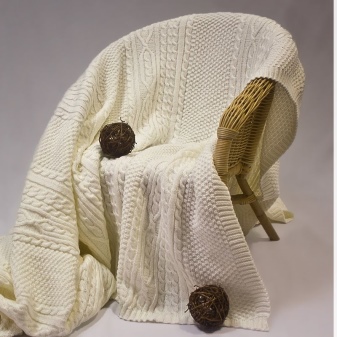
- Pink, peach, turquoise color is suitable for a teenage girl's room or a young girl.
- For a feeling of coolness, use blue and blue.
- Olive and light green will look appropriate both in a two-tone blanket and in combination with similar colors of the room decor.
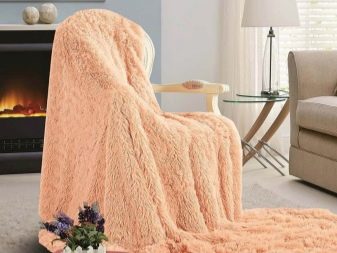
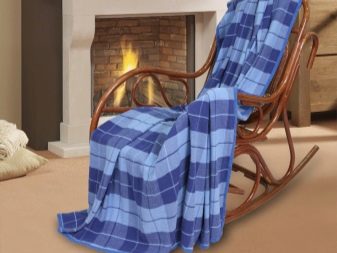
- In a room decorated in style loft, a reddish black-checked bedspread will be a good addition to brick walls.
- A gray plush blanket will be in harmony with style metal and glass high tech.
- White, like black, can play the role of a background. For example, a red and burgundy check in a white or black frame is a classic Scottish plaid.
- The “dark leopard” color scheme is quite saturated and attracts attention. It can be used where walls and furniture are solid colors.
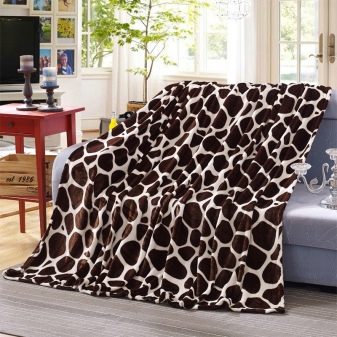
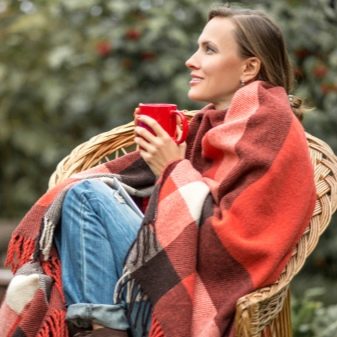
Dimensions (edit)
Remember to get the right size. It will depend on the purpose: a cape for an armchair, a cover for a sofa or bed (for children or adults), a blanket.
- For newborns, blankets are used 75x75 cm, 75x90 cm; 100x120 cm, for small children - 110x140 cm; and for children 7-12 years old, the size 130x160 cm, 140x205 cm is suitable.
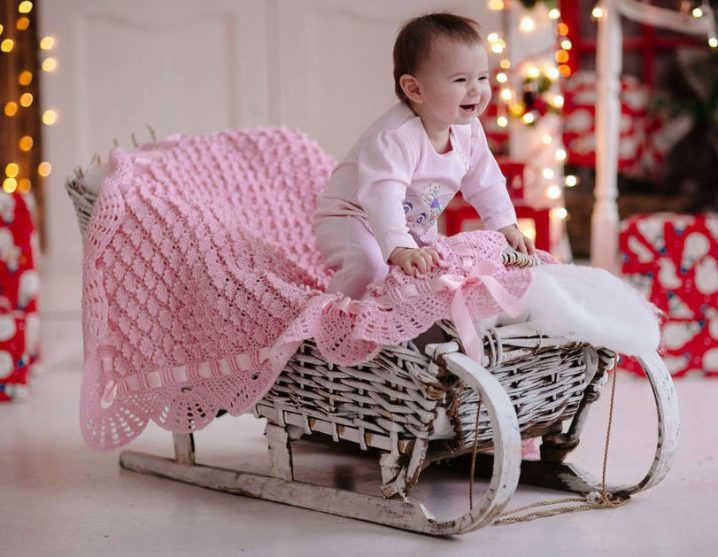
- The size of 130x170 cm is used as a cape for the chair.
- Travel blanket - 140x200 cm.
- A bedspread of 170x200 cm is suitable for a teenager's bed.
- It is better to take a blanket with a size of at least 180x220 cm for a standard one-and-a-half bed.
- For a large bed and sofa, choose the euro model 220x240 cm.
- For non-standard beds and large (corner) sofas, a canvas measuring 240x260 cm is suitable.
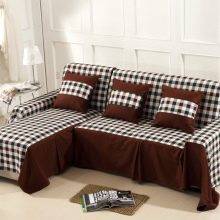
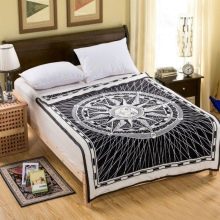
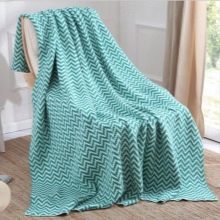
When choosing, remember that the blanket should completely cover the bed or sofa, hanging from the sides, but not touching the floor. If the blanket is used as a blanket, then it should be matched to the size of the bed and duvet cover.
Popular manufacturers and reviews of their products
There are a lot of blankets manufacturers in the world.
- Of the Russian manufacturers, it is worth highlighting the Ivanovo craftsmen (including the company Marianna), offering a huge selection of textiles: smooth and shaggy blankets, "grass" 1-3 cm high or fabric with a high pile. Customer reviews for these products are very good.
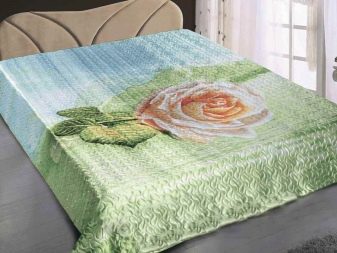
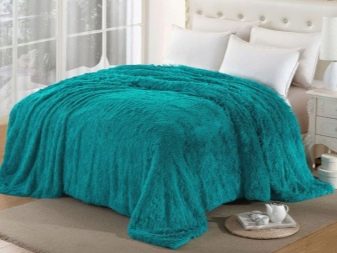
- Another Russian company is Mona Liza. Specializes in artificial fibers. Their acrylic blankets are especially popular. As buyers write, the stated price corresponds to the quality.
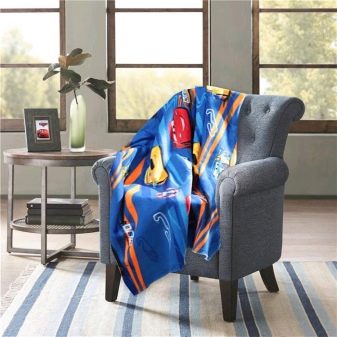
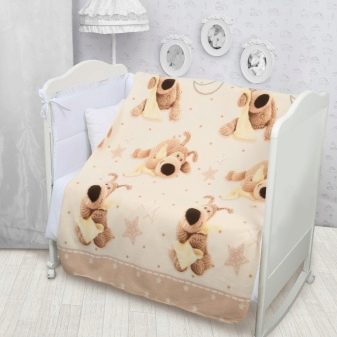
- Domestic firm Cleo pleased buyers with bamboo blankets and earned rave reviews: bamboo microfiber is not electrified, does not crunch, it is soft, light and warm. In addition, buyers love the packaging of this product.
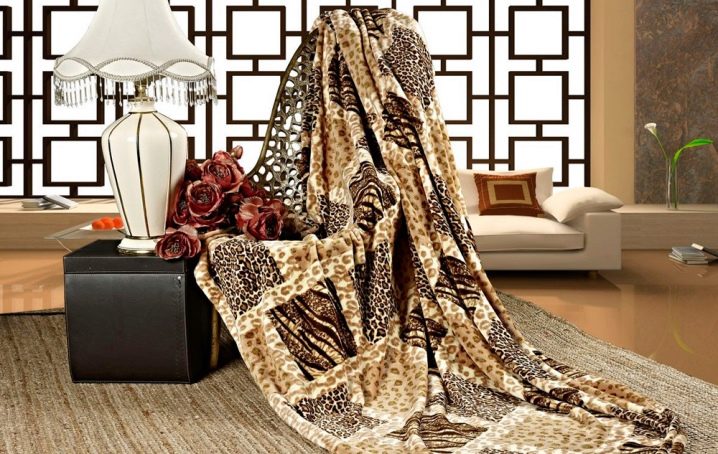
- Pantex – Russian trade markproducing cotton blankets. The company also creates "fluffs", for which cotton is combined with acrylic. They produce classic models, road, elite. There is a large selection of baby blankets and bedspreads, which are highly valued by customers for their high quality.


- For kids Russian company "Sleepy gnome" has developed a range of mixed materials products. Young mothers take to their babies, for example, a “Drop” blanket, the lining of which is 100% cotton, and the front side is 100% polyester. According to mothers, these blankets are soft, pleasant, but have uninteresting faded patterns.
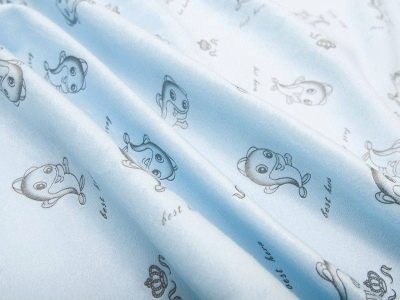
- Arloni company represents India's ecological products... The product line includes handmade natural cotton bedspreads. This is not the cheapest brand, but its things are beautiful, hypoallergenic, practical, which is what buyers note in their reviews.
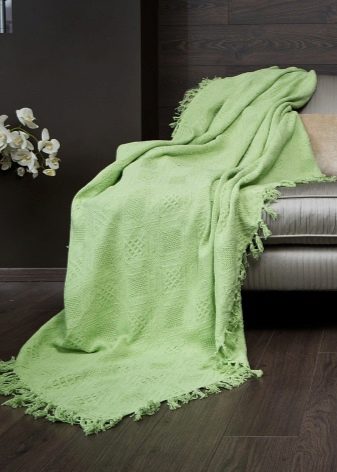
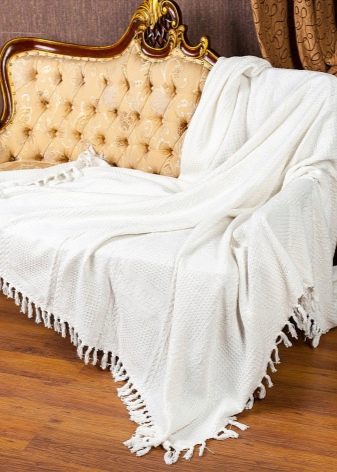
- Buenas noches (formerly Domomania) is a Chinese company that produces a wide range of textiles. Blankets from this manufacturer are distinguished by bright, realistic patterns. Even after a large number of washes, the colors retain their brightness. Customers who leave their reviews pay attention to the high price of the product. At the same time, threads protruded from the seams of the blanket, which had to be removed on their own.

- Incalpaca – these are Peruvian natural blankets from alpaca and merino wool. Such blankets, by definition, cannot be cheap, but are in great demand for their medicinal and ecological properties. Buyers note that the blankets are a little prickly, but still call them soft and pleasant to the body.
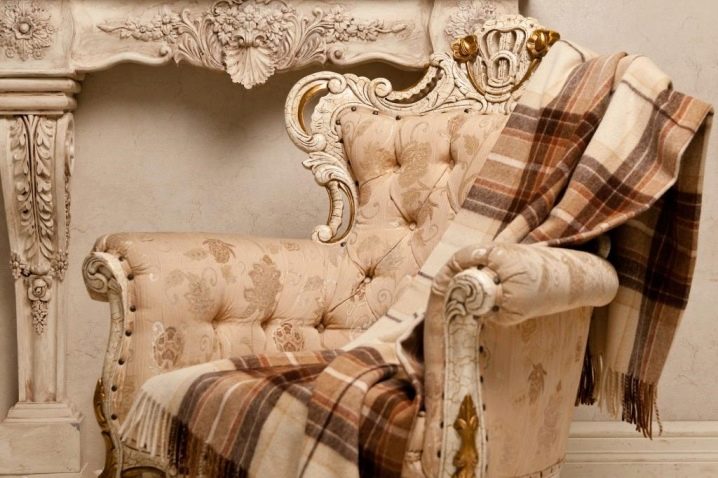
- Portuguese throws Luxberry Is high quality and high price. Classic knitted and woven woolen blankets attract buyers as much as artificial fabrics.
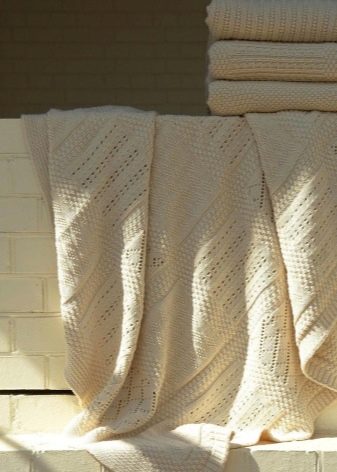
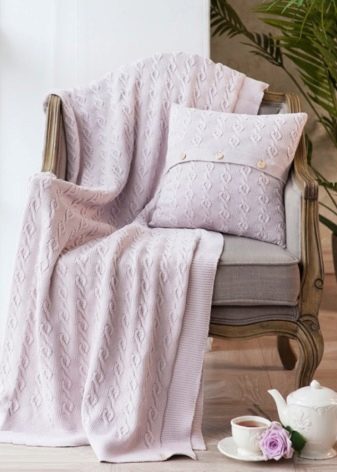
- German company Biederlack manufactures products from light cotton and warm sheep wool, delicate cashmere and acrylic, polyacrylic and durable polyester. Customers call a distinctive feature design, a varied color palette, which retains its appearance even after a large number of washings.

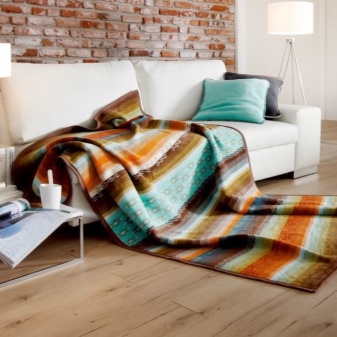
- Among Turkish companies it is worth noting Arya... The combination of European quality and oriental flavor is what distinguishes this brand. It produces blankets from faux fur with a large pile, polyester, calico, fleece, microfiber. Things are beautifully painted over.
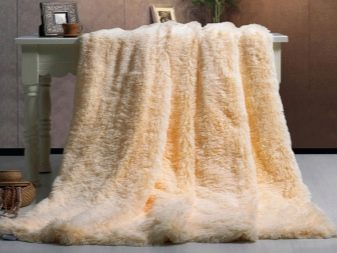
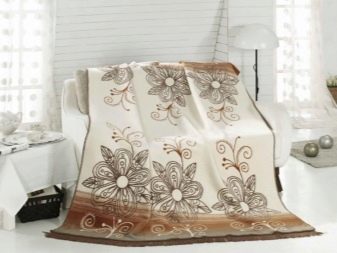
- Noteworthy campaign Sleepy. This manufacturer keeps up with the times and produces blankets-transformers with two and four sleeves (for two). Such microplush items warm you up in cold weather.
But buyers recommend that manufacturers attach instructions for using a plush blanket, since when buying it it turned out that the thing was too fleecy and crumbled.

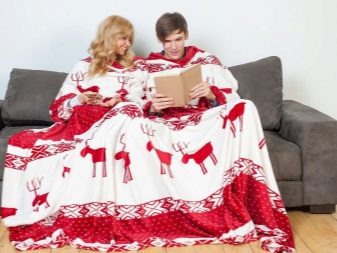
Tips for selection and operation
In order for your favorite thing to last as long as possible, you need to carefully look after it:
- To prevent plush blankets or microfiber blankets from falling off, wash them before use. This should be done with every new item, regardless of the fabric. But before washing, be sure to read the information on the label.
- Cotton items can be washed in the washing machine, but without spinning to keep them in shape. After the water has drained off, spread the blanket out on the floor or on a wire rack to speed up drying.
- Wash fluffy blankets made from artificial materials in the delicate mode. In this case, the brightness of the colors will remain for a long time, and the product will not change its geometry. Before washing, remove all debris from the pile: specks, threads, crumbs.
- High pile blankets are washed separately from other items. To preserve the "fluff", roll it in with a pile inward.
- It is preferable to use liquid detergents for washing. Choose the synthetic mode. It is better not to wring out a blanket with a long pile in the drum: after rinsing, you will have to carefully remove the blanket and let it drain over the bathtub.

- Wool items can only be washed by hand at a temperature of 30 degrees. Wash the garment gently without pulling or twisting. Squeeze lightly.
- The synthetic fabric can be dried with a regular clothesline. Dry blankets made of natural fibers on a horizontal surface, preferably on a wire rack, so that the fabric dries with natural ventilation and does not acquire a musty odor. The textiles should not be exposed to direct sunlight. To restore the softness and fluffiness of the blanket, after drying it must be combed with a comb with short, sparse teeth.
- Regularly shake out dust and debris from the blanket between washes, and if necessary, clean the garment with a clothing brush.
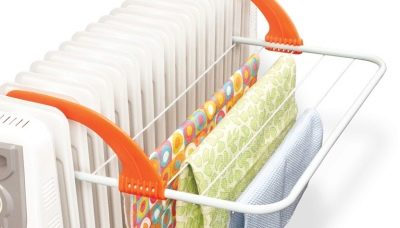
But the time will come when a light blanket from use and washing will turn gray. How to whiten a light blanket? It depends on the material.
- Grayed-out synthetics can be bleached with industrial chlorine-free detergents.
- When bleaching with salt, soak the garment in a saline solution at the rate of 600 g of salt per 10 liters of water. Then rinse and wash with detergent.
- Dissolve 10 tablespoons of baking soda and 2 tablespoons of three percent ammonia in 10 liters of warm water and soak the blanket for at least 3 hours, then wash the product with powder.
- If you rub salt and chalk into a greasy stain, you can return the whiteness to an artificial blanket. Remove the mixture with a brush after a few hours.
- The area of fabric with an ink stain should be soaked and washed in fresh milk or yogurt.
- Wrap the lemon in cheesecloth, place it over the rust stain and press down with an iron.
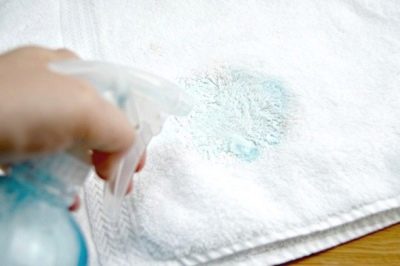
To bleach woolen blankets, you can use the following tips:
- Use special liquid powders that are designed specifically for washing wool.
- Pound about 1 kg of chalk in water and immerse a smooth blanket there. Keep the item in the solution, turning it over and over, for about an hour. Rinse thoroughly. This method will not work for fluffy things.
- You can also use the recipes above with salt, baking soda, and ammonia.
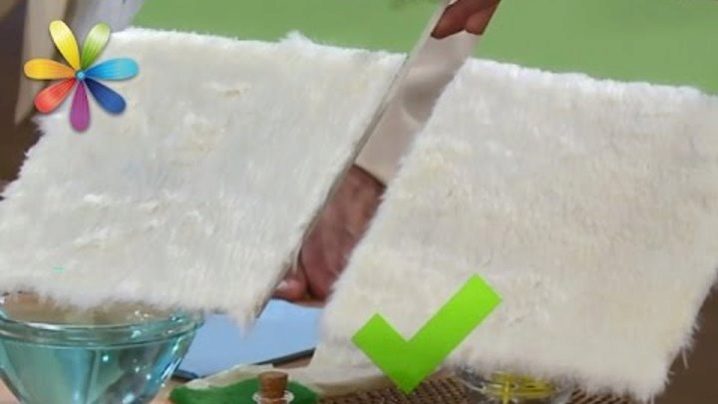
How to store blankets?
If the composition of the product is natural fibers, then it must be stored in a cardboard box, but not in polyethylene. Synthetic products are less demanding on storage, but they will become electrified from bags.
When choosing a blanket, follow these simple rules:
- dark colors reduce space, and light colors increase;
- bright colors will distract from massive furniture;
- a woolen or fleecy blanket is suitable for warm and dense textiles in the interior;
- light curtains will be combined with smooth and thin products;
- the bright design of the room does not match the floral pattern of the plaid.
Watch a video on the topic.
Of course, you will buy a blanket to complete the look of your room. This is not the main design element, but it can highlight the beauty and comfort of your home or undermine all your efforts.
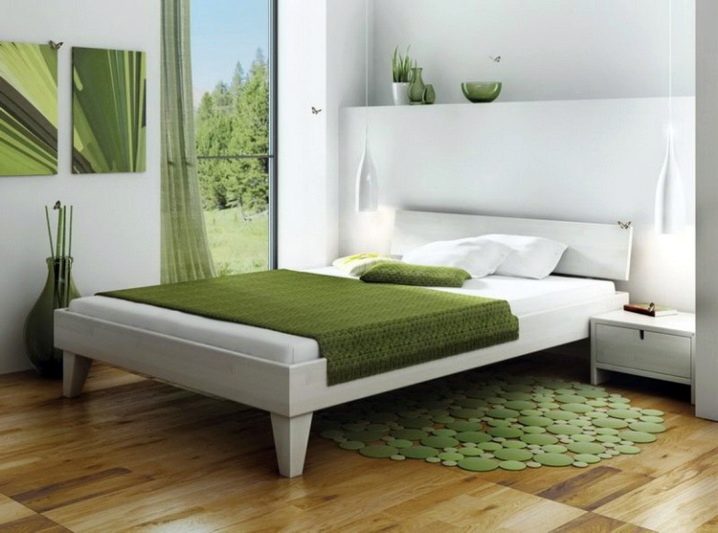
Fluffy blankets in the interior
In the children's room, the blanket can be used as a blanket for a bed or a sofa, as a blanket. A plaid with a long pile can serve as a rug for a child. A set of chair covers and a blanket for the sofa will help you in the living room. But don't forget to take care of the texture of the fabric. A shaggy "fluffy" blanket will be out of place in a classic hall with silk-upholstered furniture.
A fleecy blanket on a bed in a bedroom will look cozy at home, and a smooth one will look elegant. The Scottish blanket is the very place in the country. It is useful for evening gatherings on the veranda. It will be nice to wrap yourself up in it, sitting by the fireplace or rustic stove.

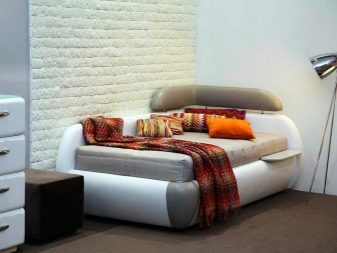













The comment was sent successfully.